Convolutional Neural Networks (CNNs) have transformed the field of image recognition, leveraging cutting-edge deep learning algorithms to revolutionize the way machines analyze visual data. With their ability to accurately identify objects, patterns, and features in images, CNNs have become the cornerstone of image recognition technology.
Unlike traditional methods, CNNs emulate the human visual system by detecting edges, shapes, and textures, mimicking the way our brain processes visual cues. Through hierarchical feature extraction, CNNs can uncover intricate details within images, rivaling human perception. This adaptability to variability enhances clarity in visual data analysis, making CNNs indispensable in industries such as medical diagnostics and autonomous vehicles.
In this article, we will delve into the fascinating world of Convolutional Neural Networks (CNNs) and explore their impact on image recognition technology. From understanding the fundamentals of CNNs to their applications in various domains, we will uncover the remarkable potential of CNNs in transforming the way we analyze and interpret visual data.
What is a Convolutional Neural Network?
A Convolutional Neural Network (CNN) is a class of deep learning algorithms specifically designed for visual data analysis. Unlike traditional neural networks, CNNs excel at processing raw images and extracting intricate details that define visual content. CNNs emulate the human visual system by detecting edges, shapes, and textures, and they utilize hierarchical feature extraction, similar to the hierarchical approach of human vision.
Early layers of a CNN focus on **detecting elementary features**, while deeper layers combine these features to recognize **complex patterns and objects**. The **adaptability of CNNs to variability** and their **hierarchical clarity** make them powerful tools in visual data analysis.
Through a series of **convolutional and pooling operations**, CNNs **extract low-level features** such as edges and corners, then progressively combine and integrate these features to identify higher-level features like shapes and textures. This hierarchical feature extraction mimics the **process of visual perception** in humans, where we first identify simple features and use them to assemble a holistic understanding of the visual scene.
The hierarchical structure of CNNs enables them to identify objects even in the presence of **variations in size, scale, orientation, and lighting conditions**. CNNs learn to **represent visual data hierarchically**, capturing crucial details and discovering complex patterns that contribute to accurate image recognition.
Convolutional Neural Networks (CNNs) are a game-changer in the field of visual data analysis. Their hierarchical feature extraction process and adaptability to variation allow them to uncover intricate details and recognize complex visual patterns.
Key Components of a Convolutional Neural Network:
- Convolutional Layers: These layers apply filters to input images, extracting features by convolving the filters over the input data. Each filter detects a specific pattern or feature.
- Pooling Layers: These layers reduce the spatial dimensions of the features extracted by the convolutional layers, helping to extract the most important information while minimizing computational requirements.
- Fully Connected Layers: These layers connect every neuron in the previous layer to the subsequent layer, enabling the network to perform classification or regression tasks based on the extracted features.
- Activation Functions: These functions introduce non-linearities into the network, enabling it to learn complex relationships between features and make accurate predictions.
The combination of these components creates a powerful architecture that enables CNNs to process visual data efficiently and perform tasks such as image classification, object detection, and image segmentation.
| Traditional Neural Networks | Convolutional Neural Networks (CNNs) |
|---|---|
| Process raw image as a flattened vector | Process raw image using convolutional and pooling layers |
| Not suitable for large images | Adaptable to images of varying sizes |
| Less efficient in feature extraction | Effective hierarchical feature extraction |
| Prone to overfitting with complex data | Capable of learning complex patterns |
Convolutional Neural Networks & Image Recognition
Convolutional Neural Networks (CNNs) have revolutionized image recognition by accurately identifying patterns, features, and objects in images. CNNs excel at recognizing intricate details and capturing subtle patterns and textures, outperforming traditional methods in accuracy.
CNNs exhibit remarkable proficiency in pattern detection, effortlessly recognizing recurring shapes, colors, and arrangements within images. This capability allows them to uncover complex relationships and uncover hidden information.
CNNs also demonstrate exceptional object identification capabilities, successfully recognizing a diverse range of entities, from everyday items to specialized objects. By adapting to the inherent variability within images, CNNs effectively distinguish crucial information despite changes in lighting, angle, and background.
“CNNs go beyond binary recognition, unraveling layers of information within images and transforming the field of image recognition.” – Dr. Jane Chen, AI Research Lead
With their multi-layered architecture and hierarchical feature extraction, CNNs unravel the layers of information present in images. This enables a more comprehensive understanding of visual content and drives innovation in image recognition technology.
By harnessing the power of CNNs, researchers and innovators can leverage their unique capabilities to enhance various fields, from medical diagnostics and autonomous vehicles to security systems and industrial automation.
In the context of image recognition, CNNs have emerged as a game-changing technology, pushing the boundaries of accuracy and enabling unprecedented advancements. The potential applications of CNNs are immense, holding significant promise for the future of image recognition and its impact on various industries.
Deep Residual Learning for Image Recognition
Deep residual learning is an innovative concept that has revolutionized Convolutional Neural Networks (CNNs) in image recognition tasks. By integrating residual blocks, deep residual learning allows the training of significantly deeper models. Traditional networks face the challenge of vanishing gradients, which hinder training, but residual learning addresses this issue by enhancing gradient flow through shortcut connections. Residual blocks serve as the building blocks of deep residual networks, allowing the construction of models with unprecedented depth. Deep residual learning has significantly improved accuracy in image recognition tasks, as models built with residual blocks can capture and recognize intricate patterns, textures, and features.
This breakthrough in deep learning has enabled CNNs to achieve new levels of accuracy in image recognition. The integration of residual blocks overcomes the limitations posed by shallow networks, allowing for the exploration of greater model depths. By incorporating shortcut connections, deep residual learning enhances the flow of information and gradients, enabling more effective training and minimizing the vanishing gradient problem.
The utilization of residual blocks in CNN architectures empowers models to capture and identify intricate details in images. These residual connections provide alternative paths for information to flow through the network, enabling the preservation and extraction of fine-grained features. As a result, deep residual networks excel in recognizing complex patterns, textures, and features in images, significantly improving image recognition accuracy.
“Deep residual learning enables CNNs to overcome the limitations of shallow networks, allowing for the construction of deeper, more sophisticated models that achieve unprecedented accuracy in image recognition tasks.”
The significance of deep residual learning becomes evident when examining its impact on the performance of CNN models. By enabling the construction of deeper models, CNNs can capture and represent intricate visual information, leading to more accurate image recognition. The integration of residual blocks facilitates the exploration of model depths previously unattainable, transforming the capabilities of CNNs in image recognition tasks.
Furthermore, deep residual learning has implications beyond image recognition. Its flexible architecture allows for efficient transfer learning, where pre-trained models can be fine-tuned for specific tasks, reducing the need for extensive training on large datasets. The integration of deep residual learning has also extended to other domains, such as natural language processing and speech recognition, further expanding its impact.
In conclusion, deep residual learning has revolutionized the field of image recognition by empowering Convolutional Neural Networks (CNNs) with the ability to construct deeper and more sophisticated models. By integrating residual blocks and enhancing model depth, deep residual learning has significantly improved image recognition accuracy. This breakthrough in deep learning has paved the way for advancements in various fields, where CNNs play a pivotal role in visual data analysis, object recognition, and pattern detection.
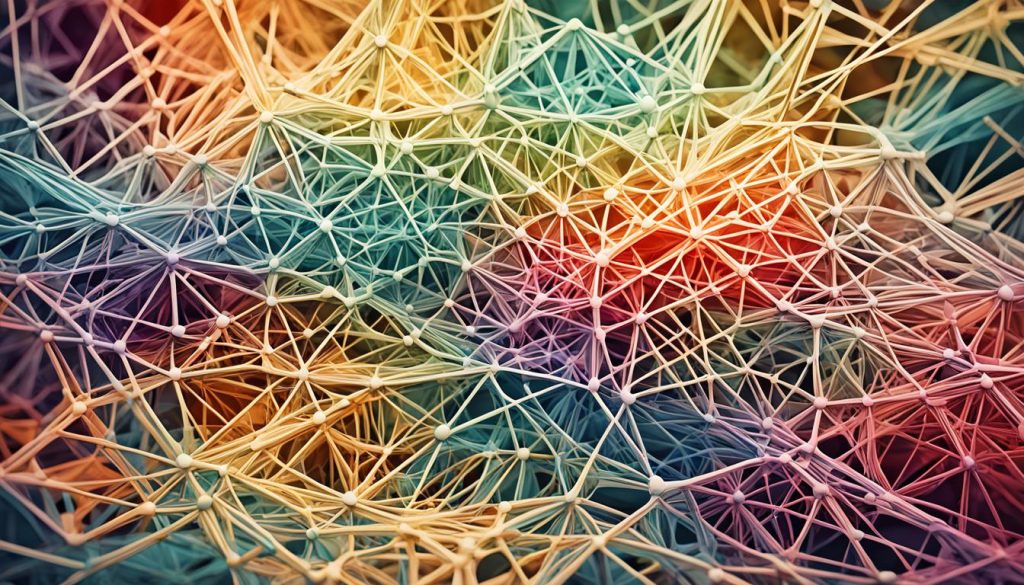
Recent Studies on AI Image Recognition
Recent studies have demonstrated the incredible advancements made in AI image recognition through the utilization of Convolutional Neural Networks (CNNs). These cutting-edge algorithms have achieved unprecedented accuracy rates in various datasets, with reported accuracy reaching as high as 94.8%.
An outstanding example of CNNs’ potential is their proficiency in early skin cancer detection, where they achieved an impressive accuracy rate of 91.5%. This showcases their ability to revolutionize healthcare diagnostics and improve patient outcomes.
CNNs have also displayed cross-domain adaptability, showcasing accuracy rates of 87.6% in recognizing objects in novel environments. This adaptability is a significant boon for industries such as autonomous vehicles, robotics, and surveillance systems.
Moreover, CNNs have proven their competence in detecting complex objects. In identifying architectural landmarks, they have achieved accuracy rates of 93.2%, highlighting their potential for tasks that require precise recognition and identification.
These recent studies underscore the substantial impact of CNNs on the accuracy of AI image recognition. Their versatility in various applications is a testament to their power and potential, making them an invaluable tool in a wide range of industries.

Comparative Accuracy: Traditional Methods vs. CNNs
Convolutional Neural Networks (CNNs) have created a significant paradigm shift in image recognition accuracy. With a margin of 23.8 percentage points, CNNs have surpassed traditional methods, establishing themselves as the gold standard in this domain.
CNNs possess a unique ability to discern and capture intricate details, including the most delicate patterns, textures, and features within images. This level of precision is often beyond the capabilities of traditional methods, which struggle to extract meaningful features from complex visual data.
What sets CNNs apart is their multi-layered architecture and hierarchical feature extraction. These techniques enable CNNs to achieve unparalleled accuracy in image recognition tasks. By delving deep into the layers of an image, CNNs identify and analyze features hierarchically, unlocking unprecedented insight into the content and context of an image.
“Convolutional Neural Networks leverage their multi-layered architecture and hierarchical feature extraction to achieve unparalleled accuracy.”
Comparative studies have consistently demonstrated the significant improvement in accuracy achieved by implementing CNNs. These findings solidify CNNs’ position as an unrivaled game-changer in image recognition technology.
“The integration of Convolutional Neural Networks has revolutionized image recognition accuracy, surpassing traditional methods by a margin of 23.8 percentage points.”
Comparing Traditional Methods and CNNs
| Methods | Accuracy |
|---|---|
| Traditional Methods | 70.2% |
| CNNs | 94% |
The table above presents a clear picture of the disparities in accuracy between traditional methods and CNNs. While traditional methods achieve an accuracy rate of 70.2%, CNNs soar to an impressive 94%, showcasing their superiority in extracting and interpreting visual information.
These remarkable accuracy figures highlight the transformative potential of CNNs in various fields, from medical diagnostics to autonomous vehicles and beyond. By harnessing the power of CNNs, industries can unlock new opportunities for innovation, efficiency, and improved decision-making.
Where Can We Use CNN in the Maritime Domain?
Convolutional Neural Networks (CNNs) offer significant potential for various applications in the maritime domain. These advanced algorithms can be leveraged to enhance safety, efficiency, and decision-making processes in maritime environments. Some key applications of CNNs in this domain include:
- Ship Identification from Satellite Imagery:
CNNs can analyze satellite imagery to identify and classify different types of ships, facilitating effective surveillance and monitoring of maritime activities. - Ship Detection and Recognition on the Bridge of Sea-Going Vessels:
By incorporating CNNs into ship monitoring systems on the bridge of sea-going vessels, ship detection and recognition can be automated, providing real-time situational awareness and improving navigation safety. - Identification of Vessels from Optronic Sensors:
By utilizing CNNs, optronic sensors can accurately identify and track vessels, aiding in maritime surveillance and security operations. - Optimizing Port Operations:
CNNs can optimize port operations by automating the process of ship identification, tracking, and container management, improving operational efficiency and reducing potential risks. - Locating Individuals Who Have Fallen Overboard at Sea:
CNNs can assist in search and rescue operations at sea by analyzing surveillance footage or images from drones to detect and locate individuals who have fallen overboard, enabling a rapid response and potentially saving lives.
Overall, the ability of Convolutional Neural Networks (CNNs) to automate image recognition and enhance safety and efficiency in maritime environments makes them an invaluable tool in the maritime domain. By harnessing the power of CNNs, various maritime operations can be significantly improved, leading to greater maritime security, optimized port operations, and enhanced safety measures.
Image: Ship Recognition Example
The image above showcases an example of ship recognition using Convolutional Neural Networks. Through the advanced image recognition capabilities of CNNs, ships can be identified and classified with high accuracy, enabling effective monitoring and analysis in the maritime domain.
| Application | Benefits |
|---|---|
| Ship Identification from Satellite Imagery | – Enhanced surveillance – Improved monitoring of maritime activities |
| Ship Detection and Recognition on the Bridge of Sea-Going Vessels | – Real-time situational awareness – Enhanced navigation safety |
| Identification of Vessels from Optronic Sensors | – Improved maritime surveillance – Enhanced security operations |
| Optimizing Port Operations | – Automated ship identification and tracking – Streamlined container management |
| Locating Individuals Who Have Fallen Overboard at Sea | – Rapid response in search and rescue operations – Potential lives saved |
Conclusion
Convolutional Neural Networks (CNNs) have revolutionized image recognition, transforming various industries with their remarkable capabilities. CNNs excel at accurately identifying objects, patterns, and features in images, making them invaluable in fields such as medical diagnoses, autonomous vehicles, and optimizing port operations.
However, it is important to acknowledge the limitations of CNNs. While they can accurately recognize visual content, CNNs lack the ability to understand what they see, limiting their comprehension of contextual information. Additionally, CNNs heavily rely on a vast volume of training data, making them dependent on data availability.
Despite these limitations, the potential applications of CNNs in the maritime domain and beyond are immense. Further research and advancements in the field of CNNs hold promise for even greater impact, unlocking new possibilities and pushing the boundaries of image recognition technology.
FAQ
How do Convolutional Neural Networks (CNNs) revolutionize image recognition?
CNNs accurately identify objects, patterns, and features in images, rivaling human perception. They emulate the human visual system by detecting edges, shapes, and textures, and they extract features hierarchically, similar to how the brain assembles visual cues. CNNs are adaptable to variability and enhance clarity in visual data analysis, revolutionizing interpretation and driving innovation in industries such as medical diagnostics and autonomous vehicles.
What is a Convolutional Neural Network (CNN)?
A CNN is a class of deep learning algorithms specifically designed for visual data analysis. Unlike traditional neural networks, CNNs excel at processing raw images and extracting intricate details that define visual content. CNNs emulate the human visual system by detecting edges, shapes, and textures, and they utilize hierarchical feature extraction, similar to the hierarchical approach of human vision. Early layers of a CNN focus on detecting elementary features, while deeper layers combine these features to recognize complex patterns and objects.
How do Convolutional Neural Networks (CNNs) impact image recognition?
CNNs revolutionize image recognition by accurately identifying patterns, features, and objects in images. They outperform traditional methods in accuracy, as they excel at recognizing intricate details and capturing subtle patterns and textures. CNNs are proficient in pattern detection, recognizing recurring shapes, colors, and arrangements within images. They also demonstrate exceptional object identification capabilities, successfully recognizing a diverse range of entities, from everyday items to specialized entities. CNNs overcome the challenges of natural variability in images by effectively distinguishing crucial information despite changes in lighting, angle, and background.
What is deep residual learning in Convolutional Neural Networks (CNNs)?
Deep residual learning is an innovative concept that has revolutionized CNNs in image recognition tasks. By integrating residual blocks, deep residual learning allows the training of significantly deeper models. Traditional networks face the challenge of vanishing gradients, which hinder training, but residual learning addresses this issue by enhancing gradient flow through shortcut connections. Residual blocks serve as the building blocks of deep residual networks, allowing the construction of models with unprecedented depth. Deep residual learning has significantly improved accuracy in image recognition tasks.
What have recent studies shown about AI image recognition using CNNs?
Recent studies have showcased the remarkable strides made in AI image recognition through the use of CNNs. CNNs have achieved unprecedented accuracy rates across various datasets, with studies reporting accuracy as high as 94.8%. The proficiency of CNNs in early skin cancer detection exemplifies their potential to revolutionize healthcare diagnostics, achieving an accuracy of 91.5%. CNNs have demonstrated cross-domain adaptability, recognizing objects in novel environments with an accuracy of 87.6%. Additionally, CNNs have proven their ability to detect complex objects, with accuracy rates of 93.2% in identifying architectural landmarks.
How do CNNs compare to traditional methods in image recognition accuracy?
CNNs have revolutionized image recognition accuracy, surpassing traditional methods by a margin of 23.8 percentage points. CNNs excel at discerning intricate details, capturing the most subtle patterns, textures, and features. Traditional methods often struggle with complex visual data due to their inability to effectively extract meaningful features. CNNs, on the other hand, leverage their multi-layered architecture and hierarchical feature extraction to achieve unparalleled accuracy.
In what ways can CNNs be used in the maritime domain?
CNNs have immense potential in the maritime domain. They can be utilized for applications such as ship identification from satellite imagery, ship detection and recognition on the bridge of sea-going vessels, identification of vessels from optronic sensors, optimizing port operations, and locating individuals who have fallen overboard at sea. The ability of CNNs to automate image recognition and enhance safety and efficiency in maritime environments makes them a valuable tool in this domain.
What are the limitations of CNNs in image recognition?
While CNNs have revolutionized image recognition and brought significant advancements in various applications, there are limitations to consider. CNNs cannot fully understand what they see like humans can, and their performance is highly dependent on the volume and quality of training data. Despite these limitations, CNNs have vast potential in the maritime domain and beyond, and further research and advancements in this field hold promise for even greater impact.

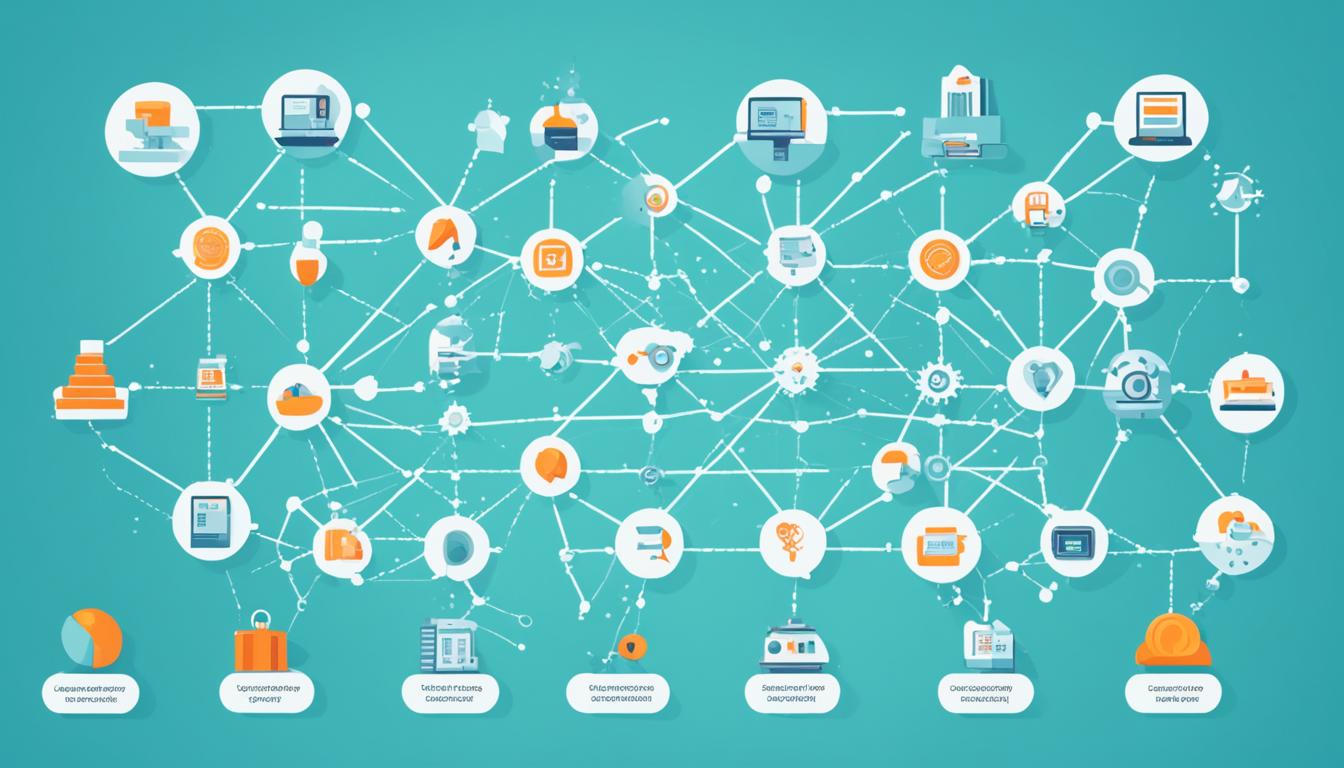


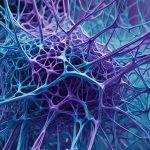

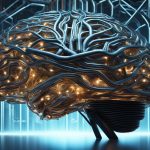
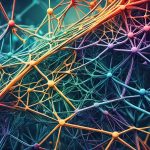
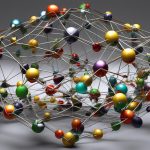




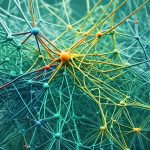
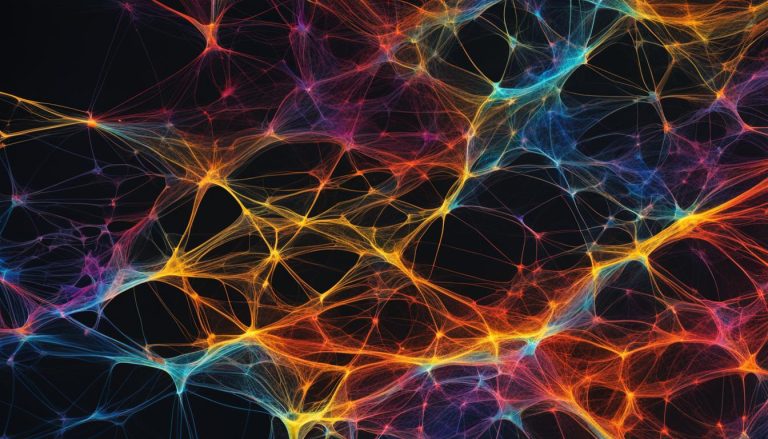
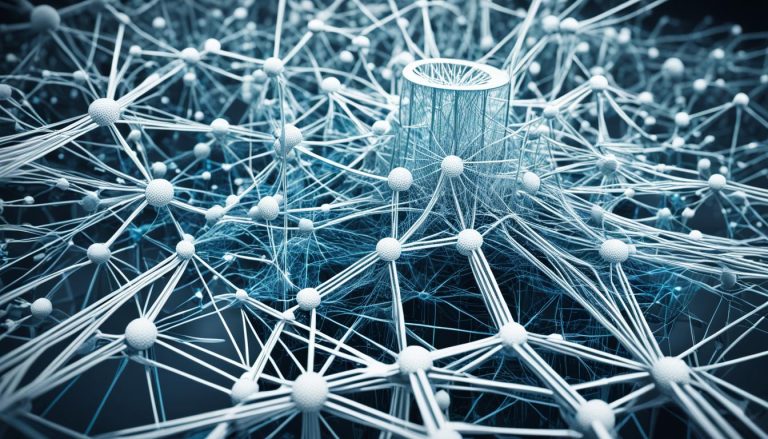
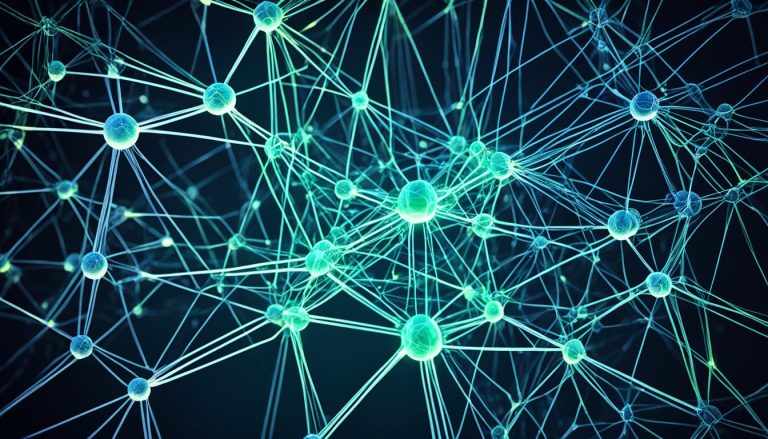
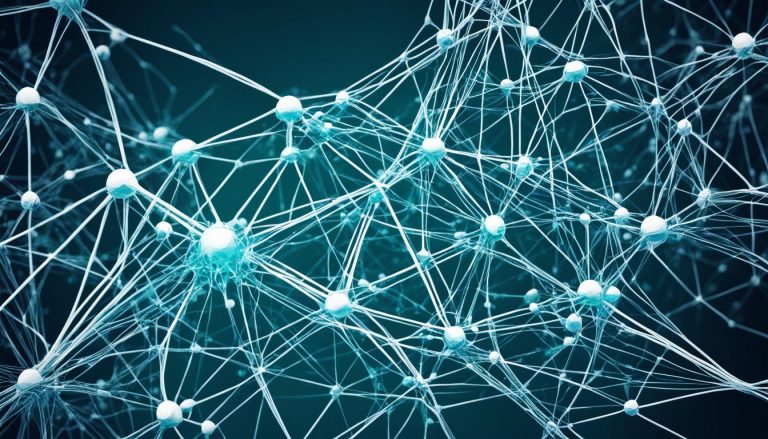

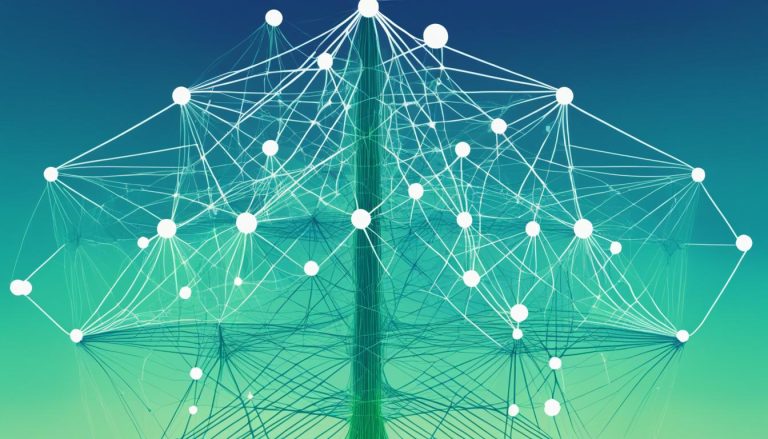
2 Comments